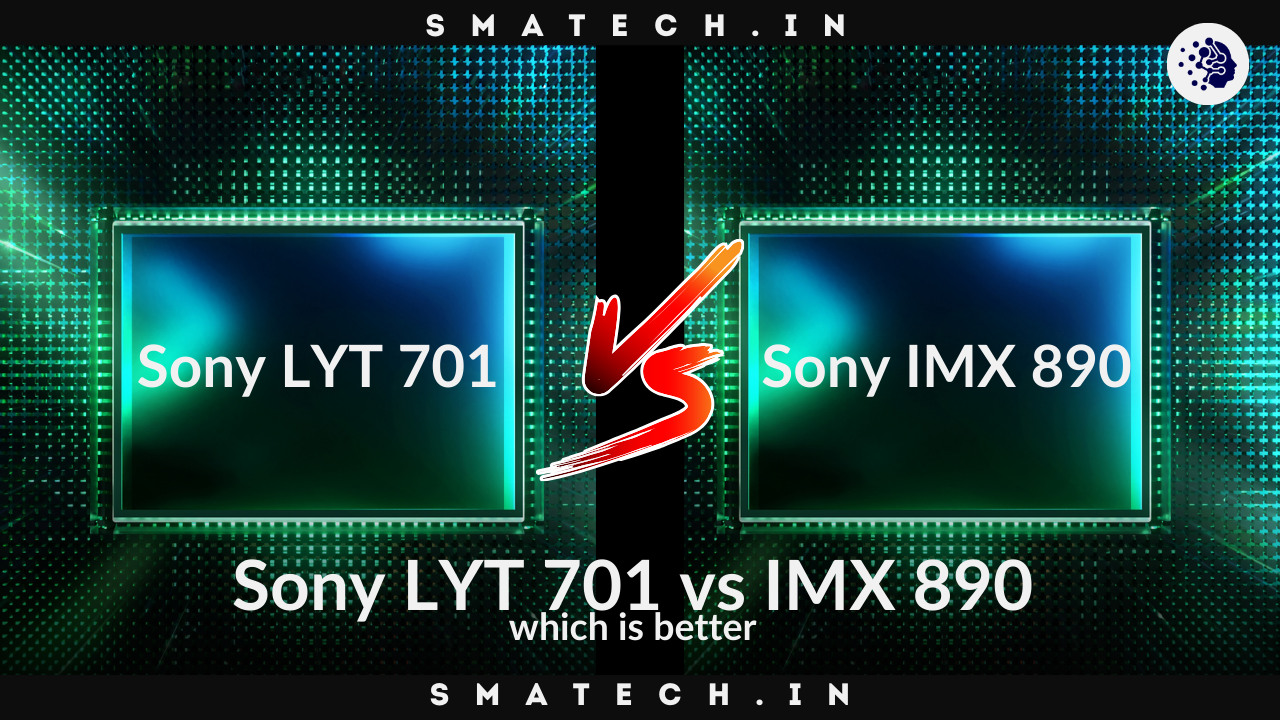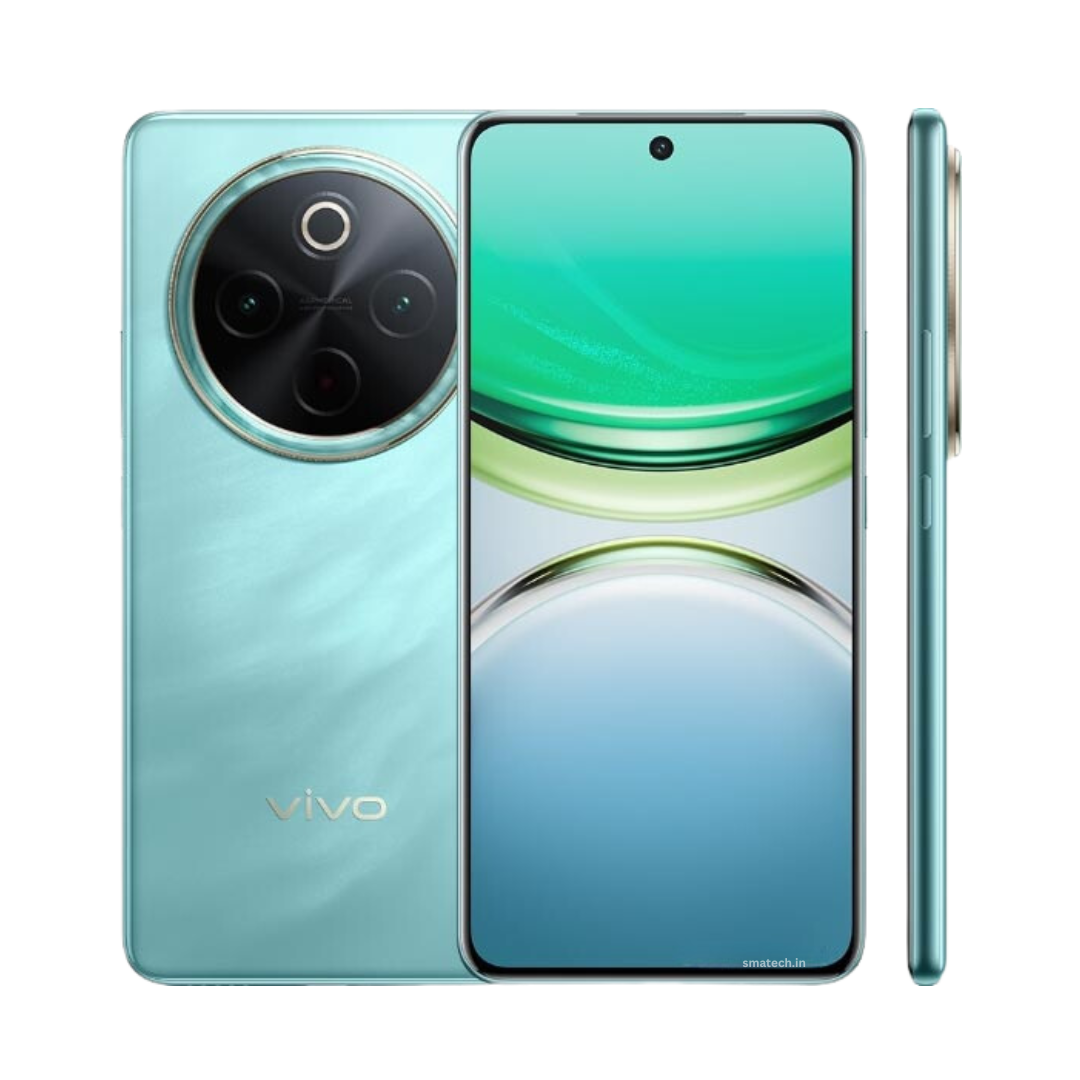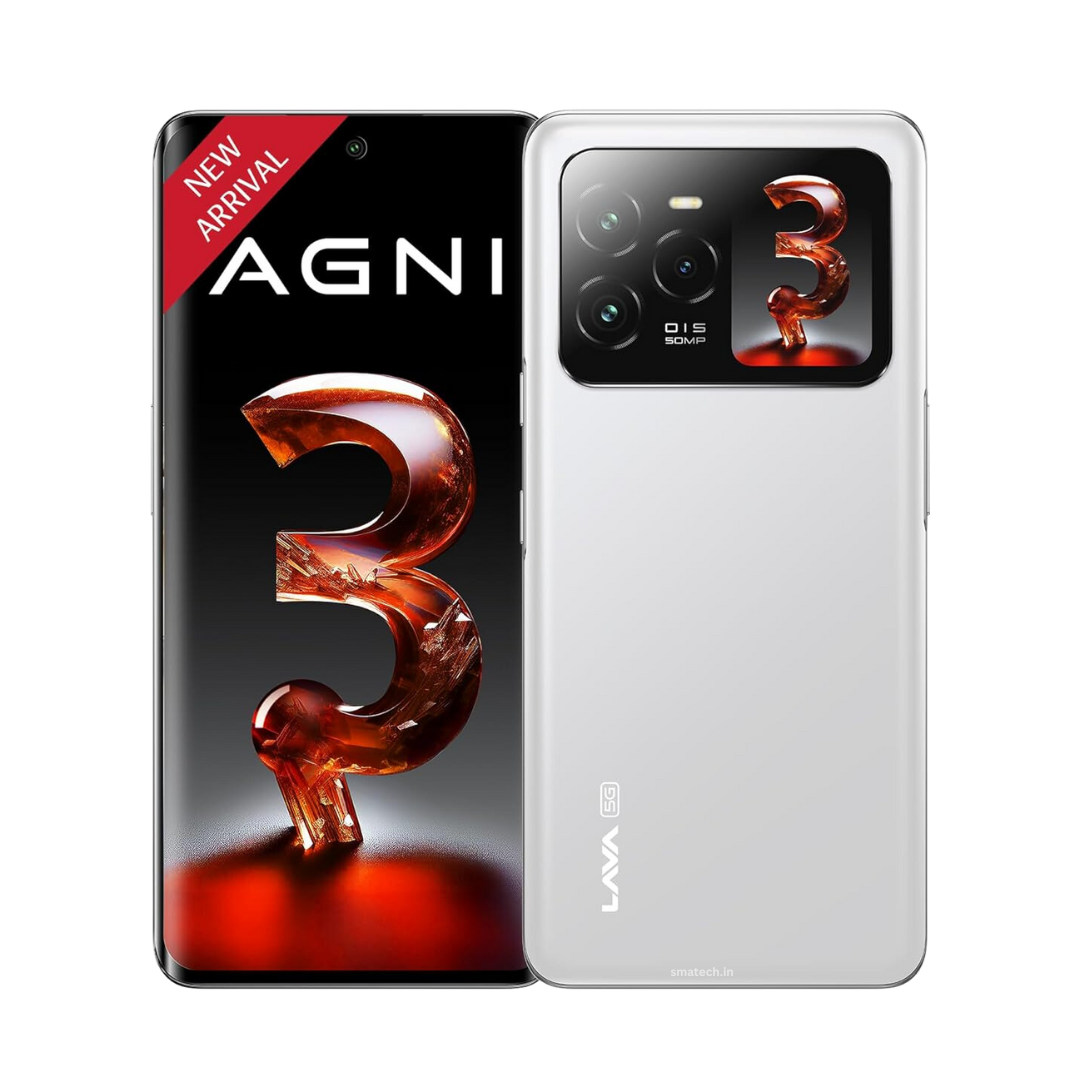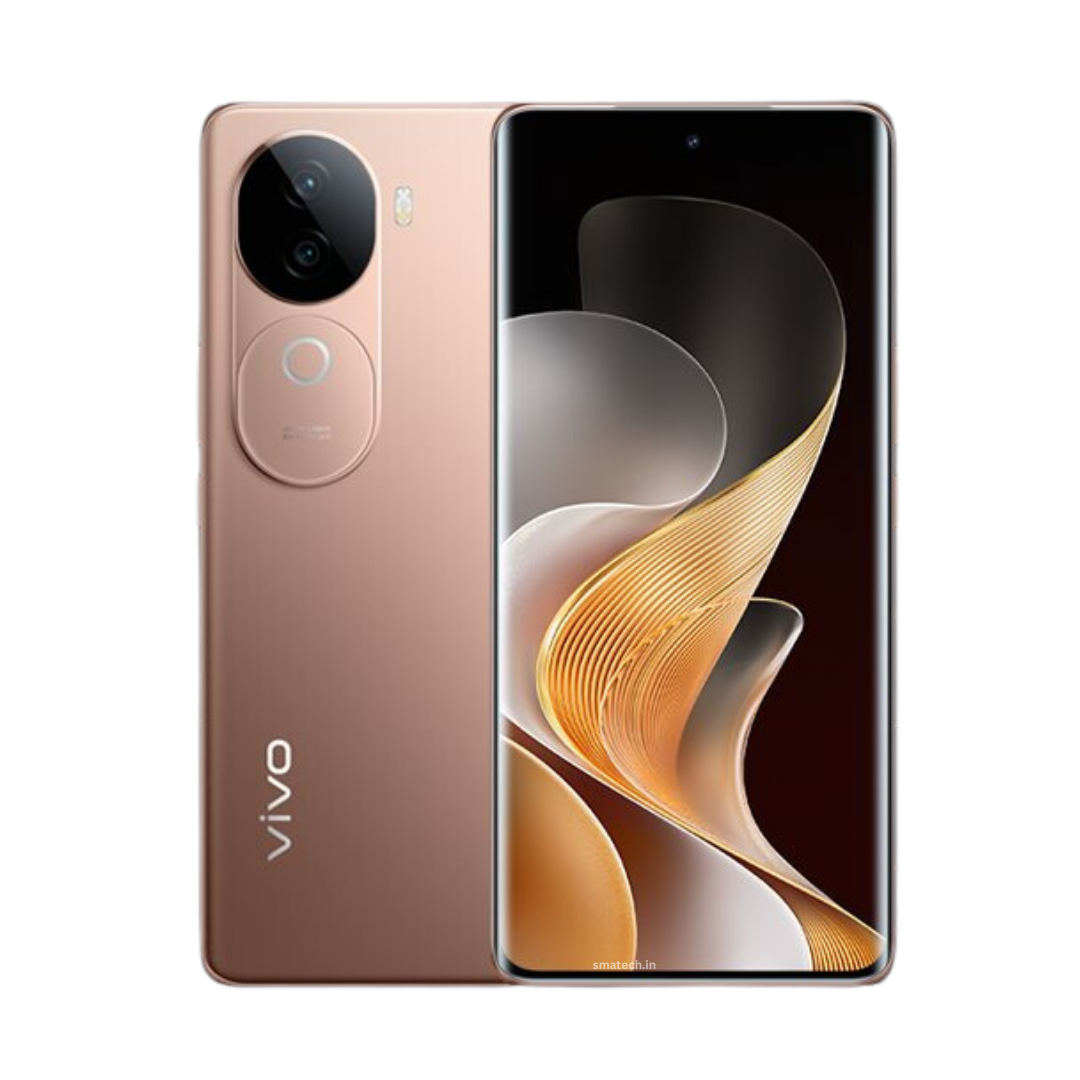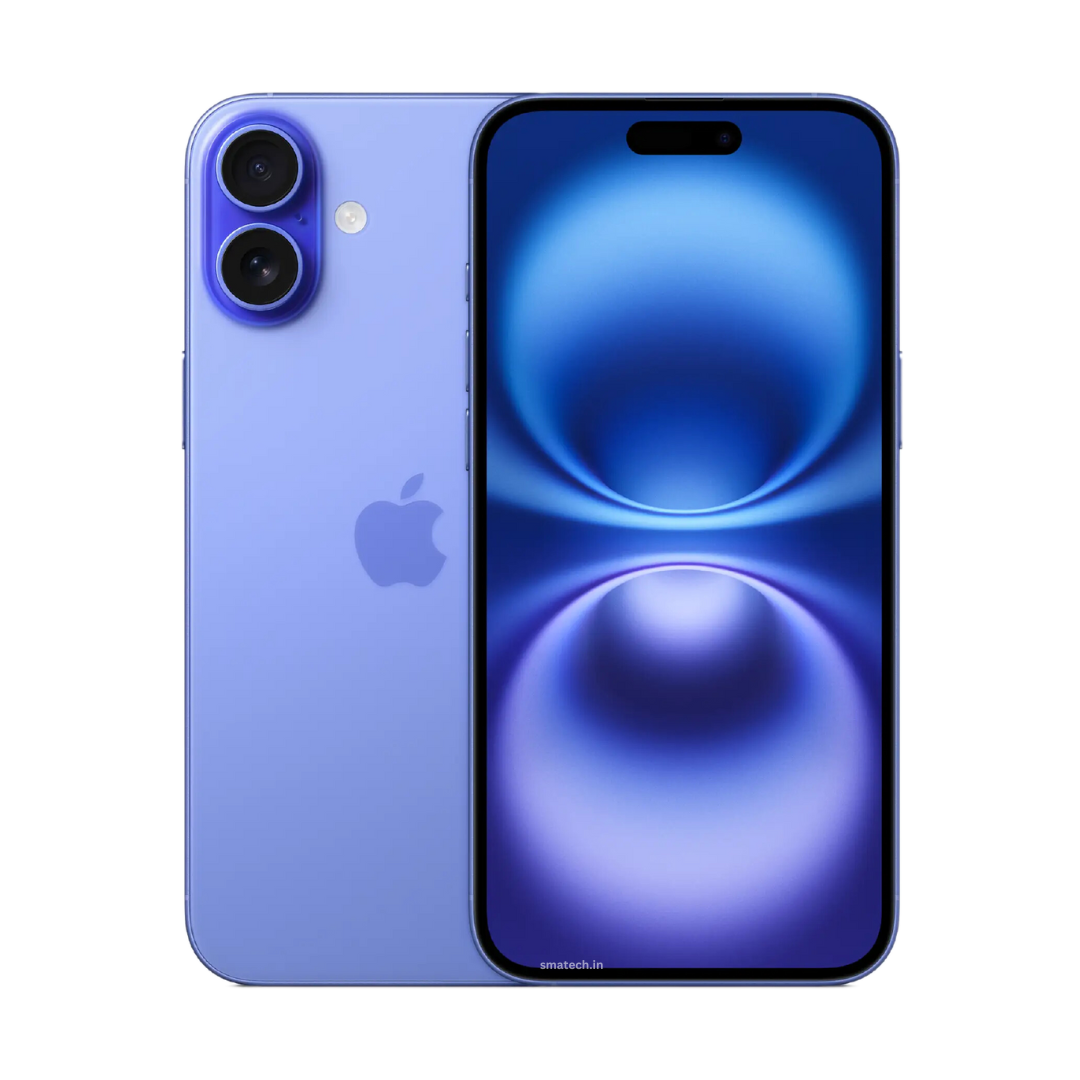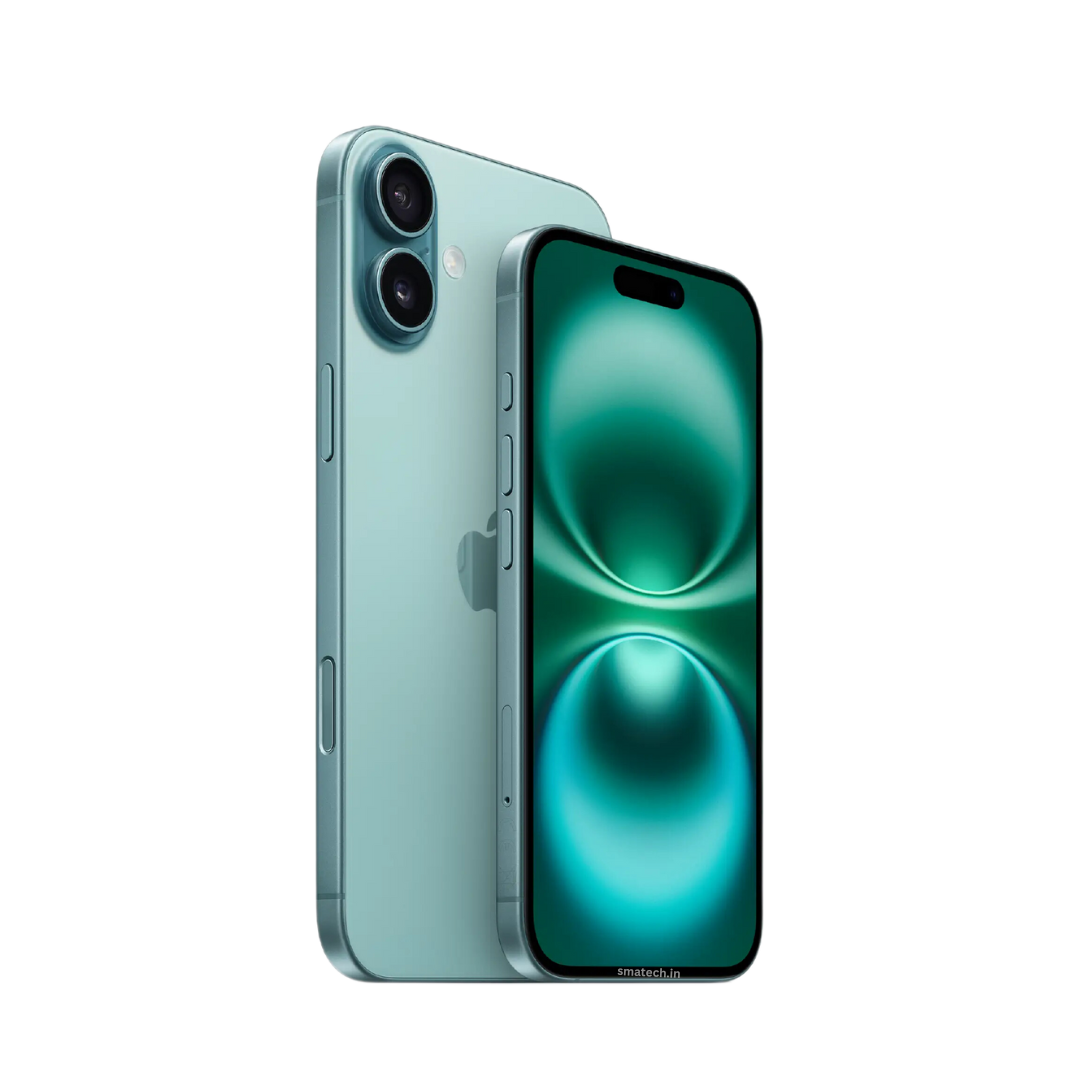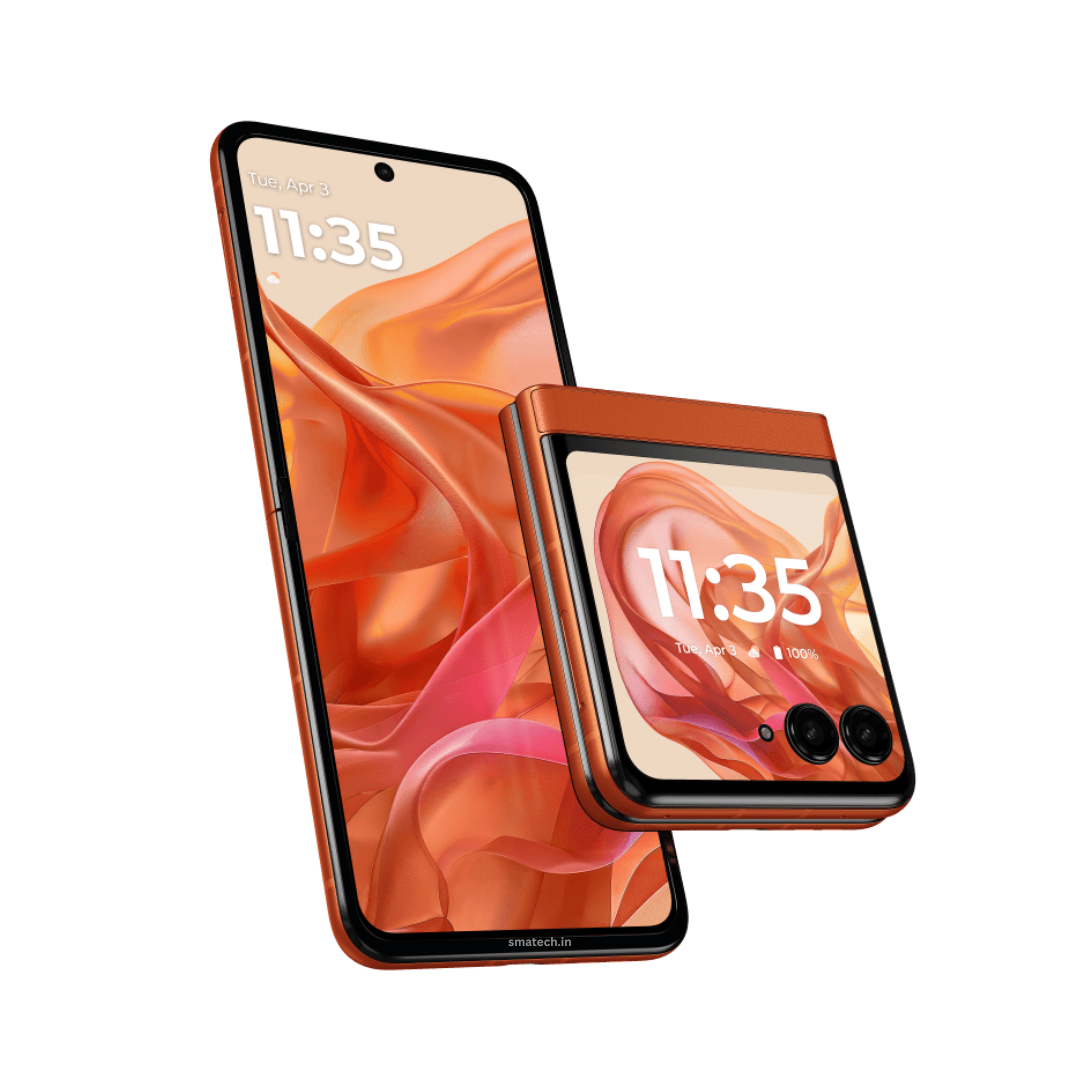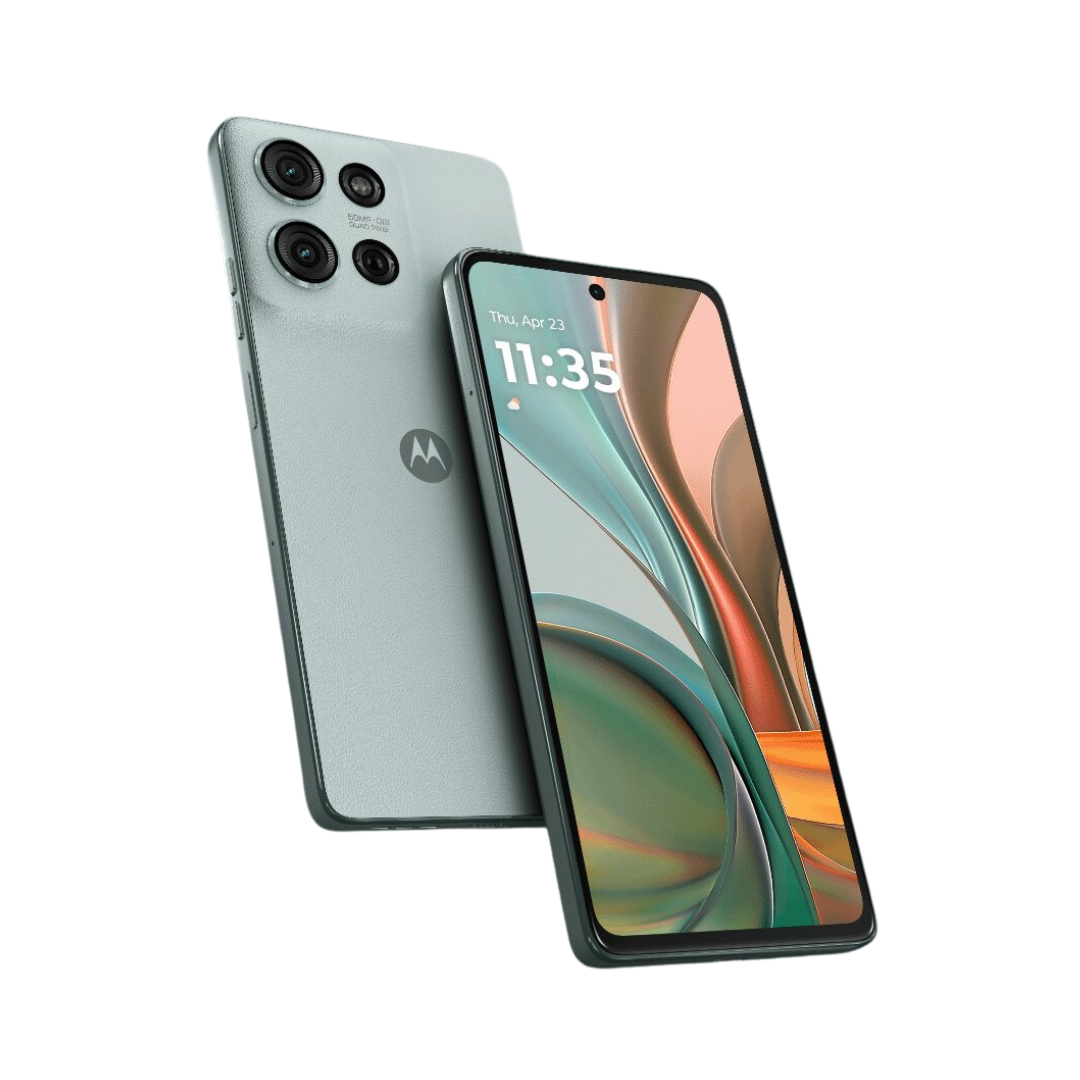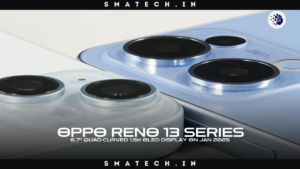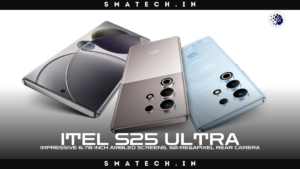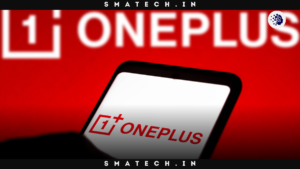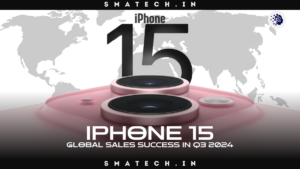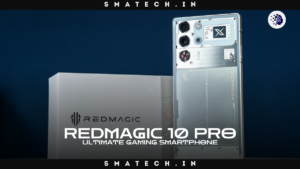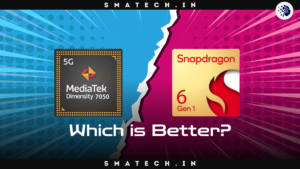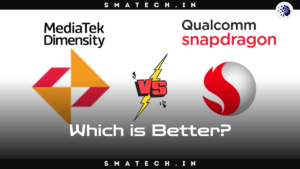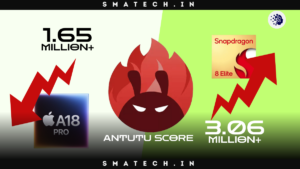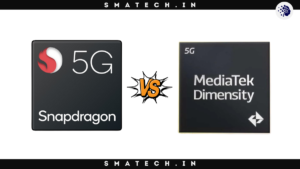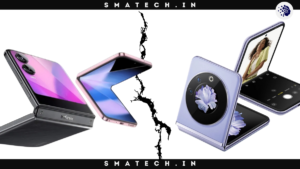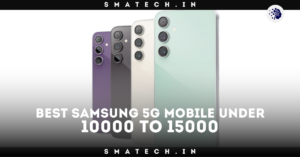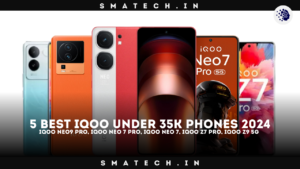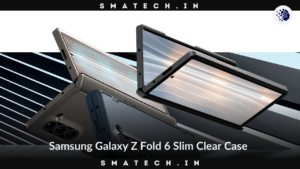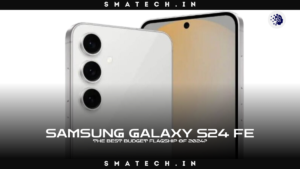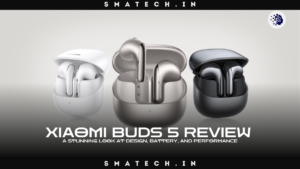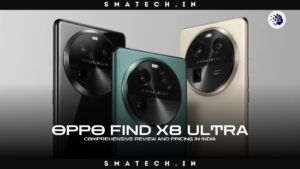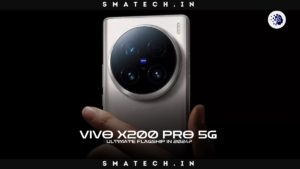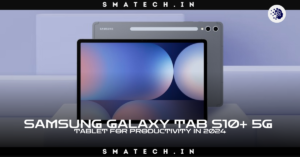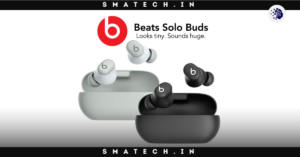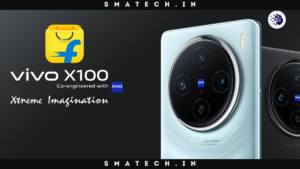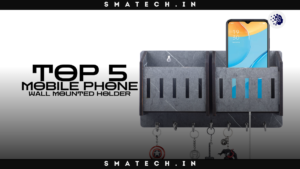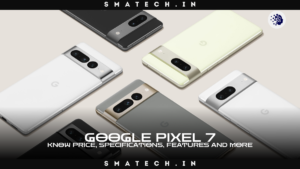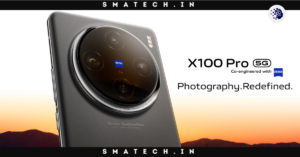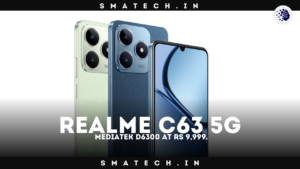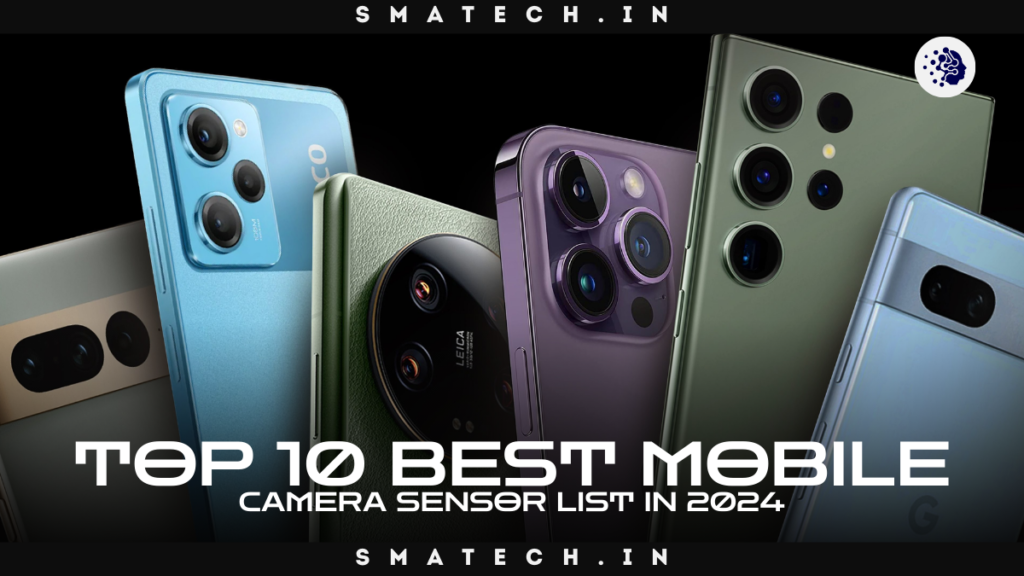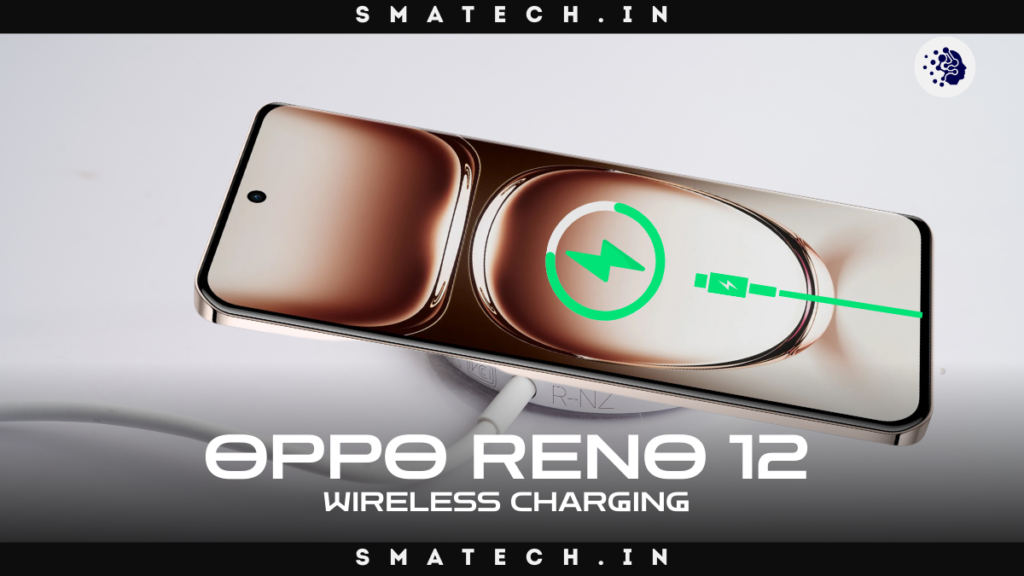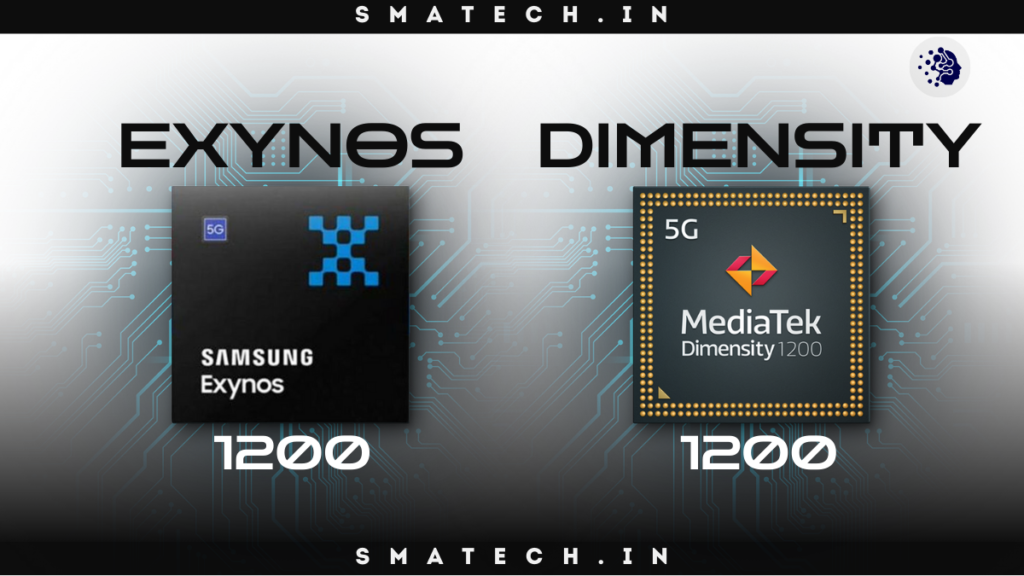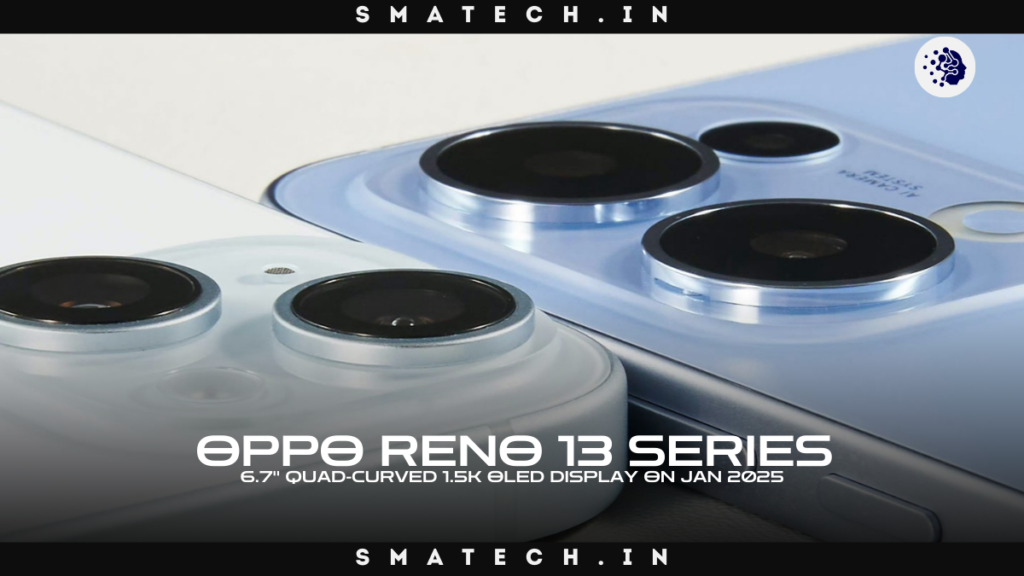Sony LYT 701 vs IMX 890: Which Is Better?
Two sensors that stand out in the constantly changing world of smartphone photography are the Sony LYT 701 and the IMX 890. These cutting-edge technologies offer a plethora of capabilities to smartphone users and photographers, promising to improve image quality. But which is the real standout? To assist you in making an informed decision, we examine the main distinctions, benefits, and possible uses of both sensors in this thorough analysis.
Introduction to Sensor Technology
Comparing these two titans of the industry requires an understanding of the principles of sensor technology. In order to convert light into digital information and ultimately produce the images we see, sensors play a critical role.
Sony LYT 701: Features and Benefits
Advanced Light Sensitivity
Highly regarded for its exceptional light sensitivity is the Sony LYT 701. This sensor is built to function incredibly well in low light, delivering crisp, colourful images even in difficult settings.
High Dynamic Range
The LYT 701’s ability to take high dynamic range (HDR) photos is one of its best qualities. This feature improves the overall quality of images by enabling more information in the highlights and shadows.
Efficient Noise Reduction
With the LYT 701, Sony has included cutting-edge noise reduction technology to guarantee clear, distortion-free images. This is very useful for taking pictures at night.
Sony IMX 890: Features and Benefits
Superior Resolution
With its remarkable resolution, the IMX 890 sensor is perfect for capturing minute details. Because of this, makers of smartphones who want to produce high-quality photographs favour it.
Fast Autofocus
The IMX 890’s state-of-the-art autofocus features provide precise and rapid focusing. This feature is very helpful for taking clear pictures of subjects that move quickly.
Color Accuracy and Depth
The IMX 890 places a strong focus on colour accuracy, making sure that pictures capture colours that are true to life and providing a deeper, more engaging shooting experience.
Comparative Analysis
Performance in Low Light
The Sony LYT 701 excels in low light conditions thanks to its increased light sensitivity and efficient noise suppression. Although the IMX 890 works well, the LYT 701 has better clarity in low light.
Image Resolution and Detail
With its superior resolution, the IMX 890 produces images that are crisper and more detailed. For consumers who value image clarity and detail, this makes it their top option.
Dynamic Range Capabilities
Both sensors have excellent HDR capabilities, however, the Sony LYT 701 does a little better job of balancing shade and highlighting details.
Applications and Use Cases
Smartphone Photography
The two sensors are fairly comparable in terms of smartphone photography performance. The IMX 890 is often used for devices that value detail and resolution, whereas the Sony LYT 701 is favoured because of its low-light performance.
Professional Cameras
The selection of these sensors for professional cameras is contingent upon the particular requirements of photographers. The IMX 890 is a good choice for people who need detailed photographs, while the Sony LYT 701 is better for people who work in low light.
Future Developments
Given that IMX and Sony are both constantly inventing, the future of sensor technology seems bright. It is anticipated that these sensors will continue to develop in terms of light sensitivity, resolution, and colour correctness.
Conclusion
The decision between the Sony LYT 701 and IMX 890 primarily comes down to personal preferences and demands. The Sony LYT 701 is a formidable competitor if HDR and low-light performance are your top priorities. However, the IMX 890 is a great choice for anyone who values resolution and quick autofocus. These sensors are invaluable resources in the field of photography since they each bring exceptional attributes to the table.

